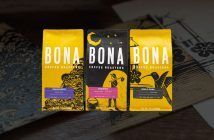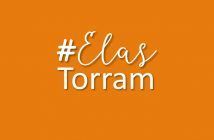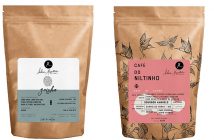Methods from the past re-adapted to the new times have led the duo and are recognized as one of the greatest specialists in the specialty coffees fermentation
Every Romeo has a Juliet. And vice versa, feminists on duty! Writing about Mariano Martins is also to tell the trajectory of his companion, Fabíola Filinto. After all, as she says herself: “They have been trying for 15 years to ensure that the crazy promises made by Mariano are delivered”. And Mariano adds: “what works out the most in our relationship is that I promise, and she, delivers”.
So, come on. It feels like there’s history. And a long one! This article will be a little chaotic. One starts to talk and the other finishes it. With different points of view. But that complement each other.
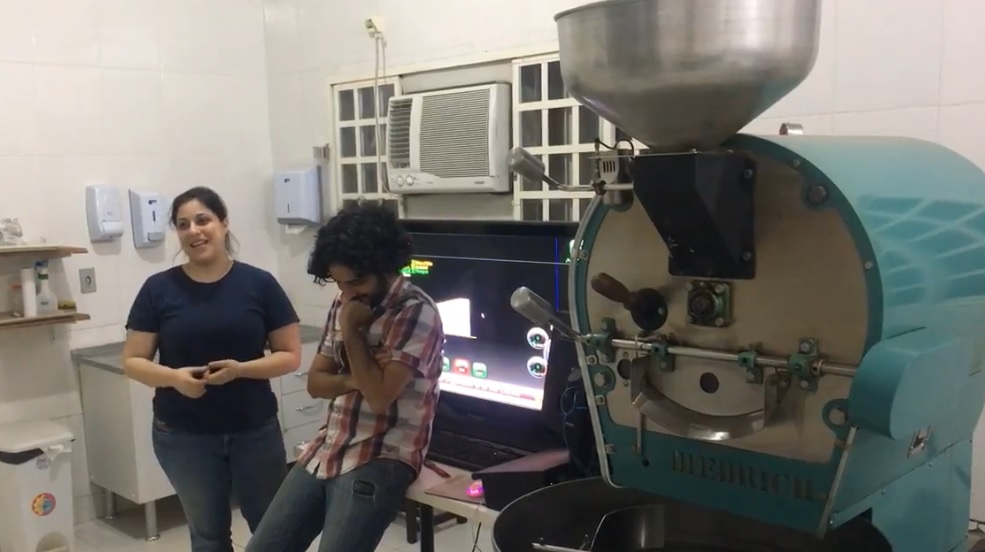
It all began, in fact, with the Mariano’s family, who came from Portugal directly to Barra do Piraí, in Rio de Janeiro, around 1820. His second great-grandfather was a carpenter and started planting coffee. He married Margarida Cândido de Jesus, who gave her name to the Martins Café estate, the fazenda Margarida.
They moved to São Paulo’s countryside and his son, João Batista, settled in São Manuel, where he bought some plots of land and began to build the farmhouse (headquarters).
His grandfather, Victor de Almeida Jr., graduated in agronomy in 1929 and besides managing the farm, he worked in the Agronomic Institute of Campinas, in the Jaú unit, where he worked for 30 years. He was a coffee lover, first and foremost a conservationist. In the 40’s he already studied the biological control of pests, at a time when using poison was considered something modern.
His father, Milton Alberto Alfany Monteiro, as a matter of fact, never had much love for agriculture and hated the farm. He graduated in civil engineering, managed the farm for many years and never wanted his son to get involved with farming business.
But unfortunately, he left a very indebted farm. Mariano came to São Paulo and got a business degree from Fundação Getúlio Vargas. It was there that Fabiola met him that, at the age of 16, as she did not know what career to pursue, she decided to apply for several university entrance examinations: medicine at USP, veterinary at Unicamp, business at FGV, law at PUC and cinema at FAAP. Result: passed in all exams. Boring, right?
There they started dating in 2002 and met the Martins Café’s third partner, Maíra Lopes, who currently lives in Sweden and sold her share to the couple. Fabíola’s family, on the mother’s side, also worked with coffee, one hundred years ago, in the region of Jaú, in São Paulo’s countryside. But they left to work in construction industry in the capital.
After graduating, one day, while working at the Unibanco’s derivative table, his father called and said without further ado: “Son, I owe three years of production. In other words, we are basically broken. I’m going to sell the farm”.
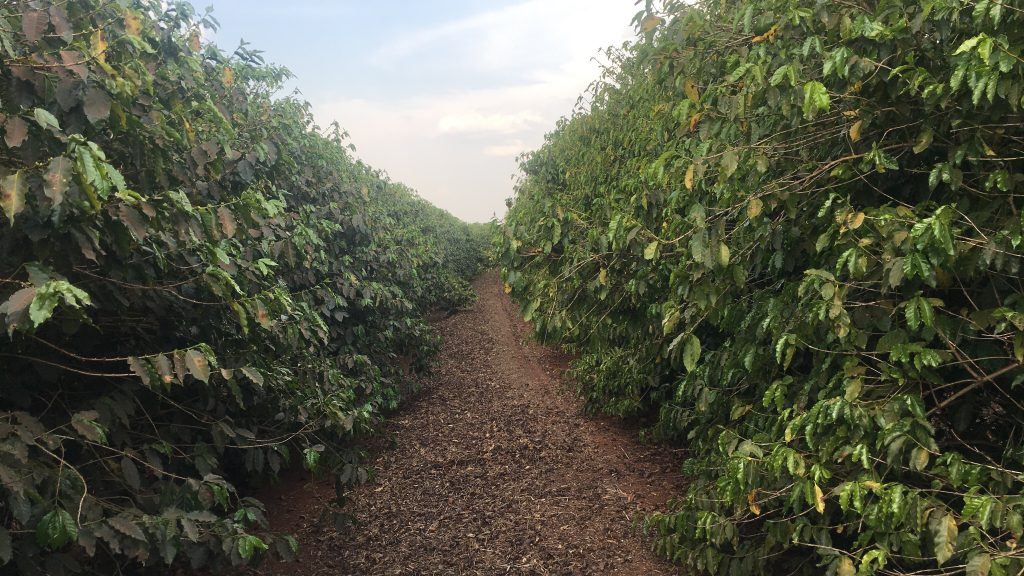
Mariano went crazy. He resigned his actual work at the time and went straight to the farm. That was 2006. When he arrived, he found that the property had several problems, including low productivity. “The crop looked beautiful, but it was fully covered by pesticides”, says Mariano. The first thing he did was try to change the way it was handled. As soon as I arrived, I saw that the accounts didn’t add up. “In 2007, 2008, to make things worse, it only rained for a whole year, we had 100% of the production of coffee. I only got half the price I expected”, he says, recalling his despair.
In the meantime, Fabiola, who had always worked in the corporate world, in large consulting firms, was at McKinsey, in Mexico, managing an important project. Mariano called his partner and said that he had been in the rain for three months, with no money to pay the bills and with a debt that only grew. In addition, the coffee grounds were smelling like onions due to fermentation.
Besides financial and psychological support, Mariano found one more thing in Fabíola: intelligence. One day, in Mexico, Fabi tried a Colombian coffee and loved it. He discovered that it was from a Colombian region that rained a lot, Huila. The couple discovered that the climate of the village was very similar to the one of São Manuel and that there, they produced a coffee that reached prices well above the Brazilian coffee.
Before seeing this in loco, Mariano began to monetize the farm. He sold some eucalyptus forests that generated a good income, started selling machinery and disposing of everything that wasn’t related to coffee. In that very year he managed to turn around, but he also had to increase his debt. And he had already planned: if in the next year the farm was in the same situation, he would give up the culture.
In Colombia
It was not long before Mariano left for Colombia. He wanted to find out what they were doing right over there and try to reproduce on his farm. “I brought the procedures to our farm. We were copying what they did, but not knowing exactly why. In the next year, I got a much better coffee. I remember that I took the beans to Gonzaga, from the São Manuel’s Coffee Cooperative, CAFENOEL, and asked what he had found”, he recalls.
Gonzaga thought the coffee looked beautiful but something was wrong in it. “Wrong in a bad way, because the coffee was not within a standard”, says Mariano.
He remembers that, in that year, 2009, he could not find buyers for his coffee. “I went everywhere looking for a buyer until I knocked on Isabela Raposeiras’ door (she once again). Despite being a reference, she is one of the most generous people I know, she is always sharing her knowledge with those looking for it”, praises Martins.
Martins showed the coffee to Isabela and asked her what was wrong. Isabela answered that she did not know, that coffee was good and asked me to continue doing it that way. I was somewhat desperate, I said that I had not been able to sell my coffee to anyone. Gently, the expert gave him a contact from New York, telling him to call and send a sample that he would buy all the coffee. The buyer actually got his coffee and even indicated it to many other people. One of these coffee shops, even, ended up not doing business because he thought the coffee was Colombian and Martins was lying, since the sender’s address was from Mexico, because Fabi was still there was responsible for the contacts: “It can’t be Brazilian specialty coffee. Tastes like Colombian!!!”
Mariano insisted with the buyer to know why he considered that a Colombian product. The buyer talked about the coffee properties, the acidity and the softness. “Wow, that was crazy. It was the first time we thought about the coffee acidity. Our concept of coffee quality was to have no defect, since I was trained in COB (Brazilian Official Classification), which is from 1900. There, the best coffee has no defects, tastes just like coffee. Now, what is the taste of coffee like?” he ponders.
“At that moment, we began to think that we had to understand the coffee we produced. I didn’t know how to roast my coffee, I took it to the cooperative. We started taking courses with Isabela Raposeiras, at the Coffee Lab, at the Coffee Preparation Center (CPC), and Fabíola went to the US to work and take the Q Grader course”, recalls Mariano.
Back to the past
Mariano tells us that the coffee processed in Brazil around the 1930s, used a lot of fermentation tanks. “Basically, it was the standard”, he says. When producers began to value quantity rather than quality, Colombia, wisely, had this demand for special coffees.
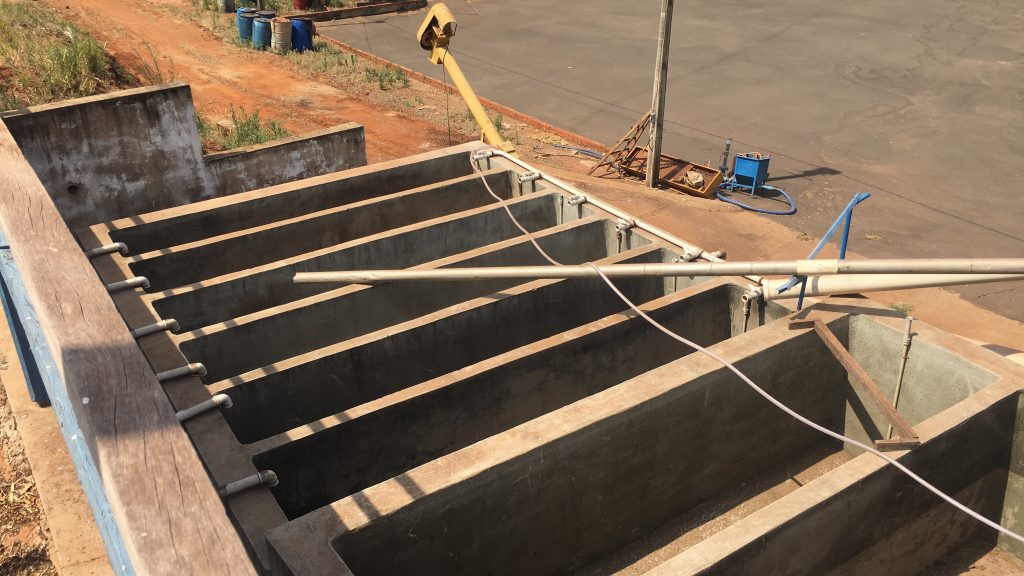
“With these fermentation tanks we are only resuming an ancient Brazilian tradition. We are doing the same thing that they used to do, but with new parameters. We hired chemists, biologists and biologists. Our biologist, Caio Hilário, is a microbiologist and studies our crops. We also work with eight farms around our region, helping in the harvest and roast processes”, he explains.
They bought a small, 200-gram roaster, and started the roasting experiments. They would ask their friends to taste and say what they thought. These friends brought in other friends, some restaurant owners, and then the story began to change.
They created the Martins Café brand, mainly because they felt they had to do many things besides the farm. Mariano dreamed of being a major coffee producer in the region. Fabíola always felt that it was necessary to have an operation besides the specialty coffees production, since, being a small production, they would only be able to add up their accounts if they could produce a different product. “In specialty coffees being different is creating the difference”, explains Fabíola.
“One of the first books I read on the subject said that coffee is as complex as wine. If no one was noticing this, if no one was explaining it to the consumer then we were wasting that opportunity. Thus, I convinced Mariano to start a small coffee industry. At first, the roasting was not for sale, it was to understand our product. We started in roasting to learn and to ship our product to the US, since they already lived the third wave. Our partner, at the time, Maíra, said that since we were already gathering this knowledge, we could develop a brand. She understood branding and said she could set up a brand if we knew how to set up the industry. And that was how Martins was born, in this thing of joining different types of knowledge”, says Fabíola.
“When we came in with the brand, we were working with 70 points score coffees. We thought our coffee was going to be gourmet. But, as Mariano was working with the fermentation, the score changed weekly. At the time, we did not know how to score, we took it to the union. Until one day, the coffee scored 80. That was the beginning of our specialty coffees production”, recalls Fabíola.
The whole process began at the end of 2008 and lasted three years. At that time, they lived on Fabíola’s savings. But in 2011, they had a very good harvest and managed to export 70% of the production.
The first buyer outside Brazil was Guillermo Morán, from El Salvador, owner of a roasting machine in California and a coffee supplier for Apple’s headquarters, but it still wasn’t a specialty coffee.
“The first lots of specialty coffee we sold went to Chromatic Roasters, from the US. It was the first time we saw an evaluation of our coffee made by a buyer. In 2013, they rated our coffee with a score of 93”, they recalled.
In the sequence, we had good harvests and managed to repay a large part of the debt that they had. The farm’s production flow was improving, but just being a reference farm in a universe as big as special coffee is was not enough for them”. We thought of participating in coffee contests to share our knowledge, since one swallow does not make a summer. However, we noticed that our fermented coffee walked off the circuit. There were only sweet, chocolate flavored coffees. Our coffee was understood by foreigners, but not by the Brazilians at the time”, says Fabi.
“That year we established a goal, we would set up a roasting machine to produce a coffee with our profile to be sold to the domestic market. Since we only understood about farm and nothing about entrepreneurship, we decided that one of us would have to do an MBA. I ended up losing a bet and then I went out again, this time to the US, to attend Harvard, for two years”, she recalls.

“At this point, the third wave in the US was just beginning, like Nespresso. We brought this American language to our buyers, explaining what was acidity, bitterness, sweetness”, recalls Fabíola.
“The most interesting aspect was that the first ones to accept this idea were not coffee professionals, but rather, the gastronomy professionals, since the latter already had a repertoire. They already thought of the taste of the coffee in matching the dishes of the restaurant”, she says.
Mariano intervenes: “Our knowledge, coupled with the work of the Brazilian Specialty Coffee Association (BSCA) and FAF (Fazenda Ambiental Fortaleza), made it possible to develpo new flavor profiles to SCAA coffee groups, which were once very limited to coffees from Colombia and some countries in Africa. Our coffees scores weren’t relevant. If they used to spread this information, the situation is reversed”, he says.
In 2013, when Fabíola returned from the United States, they began to think about separating the special coffee they produced for consumption in the domestic market, hitherto totally neglected. “At first, the people close to us couldn’t understand why we wanted to do it. But it was always clear to us: we wanted to introduce the special coffees to a 200 million people market, used to consume bad quality coffees eagerly”, says Mariano.
“We split part of the production to sell within Brazil and, in the first year, we have not sold almost anything. We had to sell our coffee in the external market for a song in order to not lose all the investment. In the second year, we invested our efforts with the main chefs of Brazilian gastronomy only then, the effort began to be worthwhile. We started taking the micro-lots to the restaurants as samples, and today we work with about 150 active customers in Brazil and about 10 foreigner clients”, explains Mariano.
The couple made a very correct decision. “A restaurant that works with specialty coffees hardly goes back to the lower quality coffees. We prefer to work with coffees that harmonize with the restaurant desserts, not with the bill”, conceptualizes Martins.
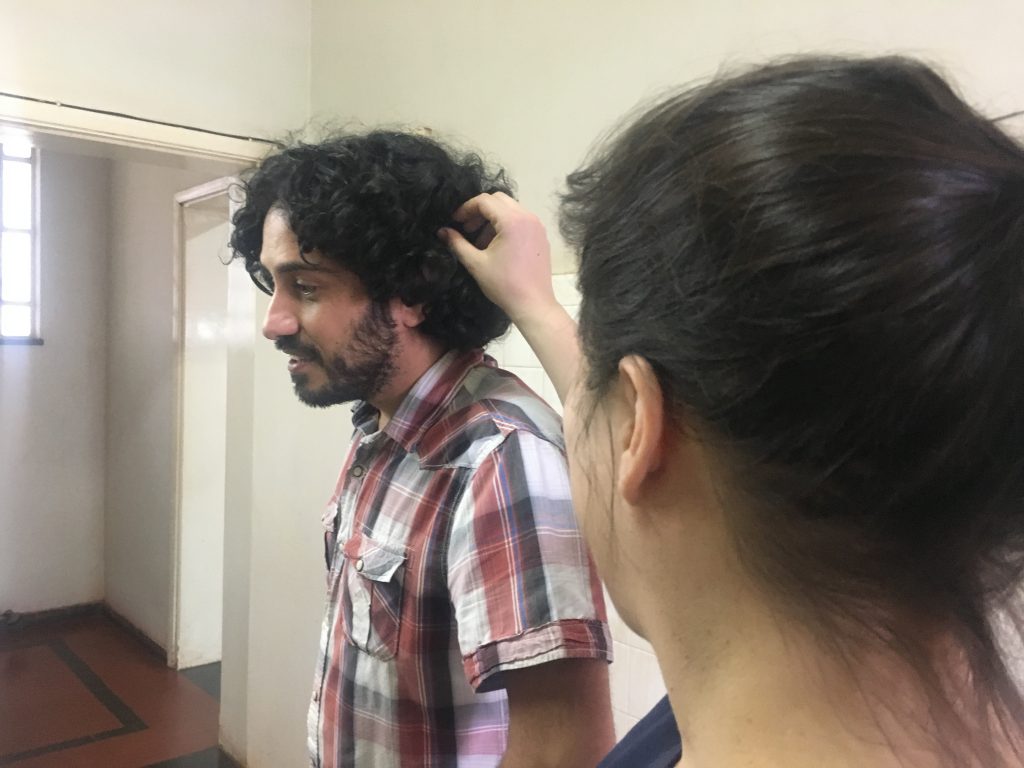
Martins recalls that when they introduced their brand the market was very interesting, in full development. Now, a whole scenario of research and technology is emerging, in partnerships with the government. The next step in development is to recognize the grain in a way that you can predict what it will be like after roasting it, the grains are already being planted with this roast profile knowledge. We know the plant’s nutrition and biochemistry, so you already know what it’s going to generate. It’s like a doctor who already has all the history of his patients. Since the farmer and the roaster are the same, there is this knowledge exchange, all the processes are done by a single farmer/roaster, which is something that rarely occurs in other producers.
Finally, the roast
Mariano confides that his greatest inspiration in the roasting process is the Mexican Manuel Diaz, coach at the Coffee College Institute. “He’s a guy who works at several schools and has an open mind, he believes that every coffee has its own specialty. If you talk to him looking for some certainty, he’ll tell to avoid this way of thinking. “One day, when I was working as a helper in a major Brazilian championship. The coffee was coming out clearly burned and the chief roaster of the competition said that it was correct and that he never made a mistake. A few days later, I talked to Manuel about this and asked him how many roasts he needed to achieve an excellent coffee. He replied that from five to seven, because in a world championship, the barista wanted to reach the melon notes and that only after the seventh attempt he succeeded. Since this event I have never participated in the championship again”, he confided.
Another person who inspired him a lot and made him want to be a specialty coffees producer was coffee grower Aida Battle, from El Salvador. “In 2006, I read a story about her in the prestigious New Yorker magazine. I liked it so much that I decided to take over the farm from this moment. She was the one who inspired me most in the world to start working with special coffees”, he says. Today, Ainda Battle is the sole director of the Specialty Coffee American Association, SCAA, which is also a coffee producer
The Diedrich roaster
At Martins Café they use a Diedrich toaster machine, manufactured in the American state of Idaho. One of its main qualities is that it is made with easy to find and replace parts. “When I started thinking about a roaster, we noticed that in some coffee shops the lot was not standardized, one lot was good, the other was bad”, says Mariano. “Our roaster has standardized profiles, which maintains the temperature curve in an Excel file. I upload it to the roaster. Another method we use is the roasting test. I write to the roaster its work results and send it back to the Excel file to edit and see what went wrong and what went right. I do not like to open the roaster to see the grain, because in it air enters and changes the temperature conditions. My business is to program, plan and see the its results”, he explains.
This roasting machine also has a feature that does not have in Brazil, which is the metal alloy. This company makes airplanes, it’s the same metal alloy that they used for planes, much safer”, explains Mariano.
“When we do extreme experiments, we conceived that this roaster is worth what it cost, US$ 35 thousand”, says Mariano. “We can set the temperatures every fifteen seconds, whether it will accelerate or slow down to reach the roast curve”, he explains.
And there is more: “the roasting process has a mystical, sensory part. But it also has a lot of engineering, technique, a lot of control and variations. It has its art, but he also has a lot of math. There are many variables and many mathematical models but at the same time it is simple. The difference is in checking, tracking what went wrong and what went right”, he says.
Every time the Diedrich finishes a roast, he sends a roast report to Martins’ office in São Paulo. “If there is a variation in the machine production, we can see it in the reports. We have roasts sorted by the names of the establishments we serve. Before, in order to create the roasting profiles, we used to do an empirical research. Today, we follow Cartesian planes”, confided Mariano.
Obviously, this result was only achieved because Fabíola’s Cartesian mind, which evaluates after each one of the Mariano roasts what went right and what went wrong. The goal is not to make a mistake again. We enter with the theoretical part and then we see how it affects the production”, says Mariano.
Fabíola explains that they have six professionals trained to taste the coffee. “The more people tasting and judging, the better”, she says. “When we do the test, we tell Mariano what we want with that specific roast”, she says.
This process has a raison d’être: while Mariano was created and trained to use the Brazilian Official Classification (COB) to find defects in coffee, Fabíola, as Q Grader, is better trained to see the qualities. “Sometimes coffee has several excellent notes, but it has serious defects”, she says.
Martins Cafés
The company has a team composed by 12 professionals in São Manuel, headquarters of the fazenda Margarida, and another 12 in São Paulo, where the management and logistics center is located.
It has 150 fixed customers in Brazil and 10 foreign clients. This year, they made 80 different nano-lots, looking for coffees with floral and fruity notes. “At this time, we are doing chemical and biological tests to see if there is a problem”. One new thing we want to launch is the Fruta que Pariu coffee, a very fruity batch with notes of papaya. But we still need to increase the lot to be able to sell it.
Today, the company has different sensory coffee blends as the flagship, within the sensory portfolio and 31 different profiles altogether. By 2016, they have roasted three tons of specialty coffees and by 2017 they will have produced four tons.
Its main market is São Paulo, which consumes 60% of all Martins’ production. The remaining 40% is distributed to the rest of the country.
Each one has its own passion
The passion of Fabíola is the biotechnological process, from handling to the the machinery – in fact, she is the one who repairs it most of the time, and she is also responsible by the research and microbiology department.
While Mariano, loves the environment management, he is always trying to work in the most natural way possible. “always bearing in mind the global warming, and the increasingly crazy weather, which is, in a way, forcing us producers to think of other farming methods, going back to a more natural, organic thing. Although with a slightly lower productivity, we have a much greater stability
Fazenda Margarida
Fazenda Margarida is located in the municipality of São Manuel, in São Paulo’s countryside, and was founded in 1860. Its coffee plantations were the only ones in the region that survived the frost of 1975.
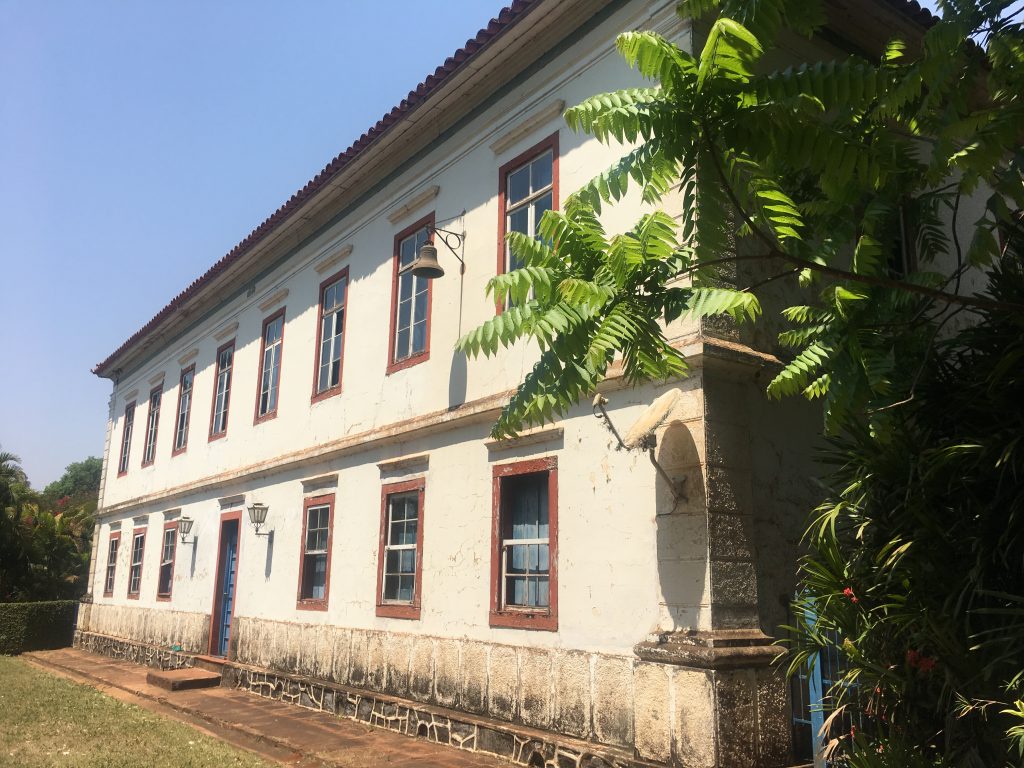
It has approximately 600 thousand coffee plants and another 600 thousand leased to neighbors, planted at an altitude between 600 and 850 meters. “It’s not too high, but the average temperature in the region helps our coffees to be special”, says Mariano. There are 250 hectares with an average yield of 30 bags per hectare. In other words, they produce 7,500 bags a year, on average, of which 3,750 are specialty coffees. “We do not have such high productivity because it is expensive and the quality of the coffee decreases. A plant with lots of fruit produces a lower quality coffee. It produces a fruit just like an American strawberry, beautiful and big but without any flavor”, teaches Mariano.
The farm’s field team is composed by three people, two tractor drivers and one machine operator. In the drying patios and in the fermentation tanks, they always hire the same person, a former farm tractor, who retired six years ago and acquired a lot of skill to identify the aromas in the tank.
His father liked to work with sugar cane, because it was easy to work with and was an easy income source. Then, to protect himself from setbacks, he renewed the cane area for another fourteen years. “Most of the farm still has these contracts, which go until 2020. After the contracts termination, we will have two more years to do a job of recovering the soil, decontaminating it. Our goal is to have the fazenda Margarida 100% dedicated to the coffee by 2030”, says Mariano.
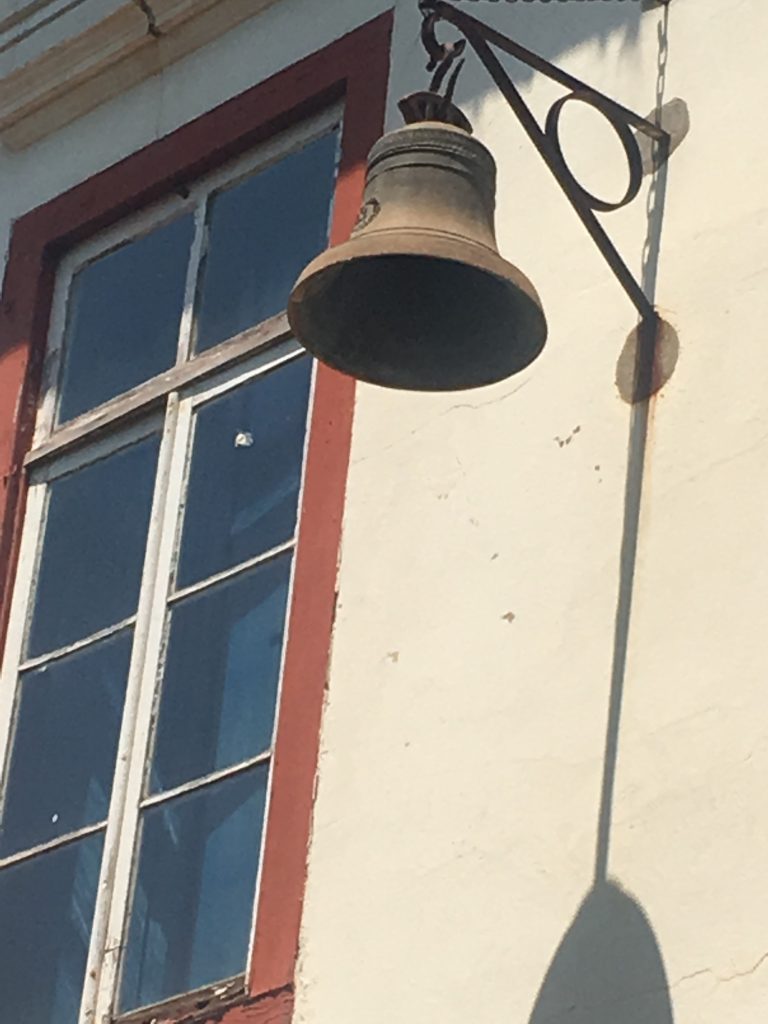
They plant the Catuaí and yellow bourbon coffee varieties. “We really appreciate these two varieties since the yellow one on the roast behaves in a very special way. Martins remembers that the yellow bourbon, inclusively, came from a mutation of a coffee originated in the region of Botucatu, that in the beginning was called amarelo de Botucatu and, later it received the name that we use today.
“Today, we are the only farm in the region that plants yellow bourbon. No one else uses it as a low-yield coffee. We like to work with coffees that have a lot of sugar, because they are very malleable in the process of roasting, “he explains.
In addition, being a conservationist just like his grandfather, Mariano is adept of a much more natural agriculture. “How many times you visit an estate and see that everything is beautiful on the outside but it is awful inside. The problem of modern agriculture is the pests’ proliferation. To combat them, the farmer is taught to keep the plant full of toxic products. This means that the plant is immunosuppressed. Here, since we have all sorts of fungi and bacteria in the leaves, everyone is fighting over food. So, none of them will be able to dominate”, he clarifies.
He follows many of his grandfather’s ideas, such as the insecticide that they use: the coffee husk, rich in caffeine and that locks the jaw of small animals. And he also uses the Bordalesa syrup, which is not accepted as organic, although it existed for 200 years and boric acid diluted in water, which is a powerful fungicide.
The future
In the city of São Manuel, the old railway station, was designed by Ramos de Azevedo and, today, is in total abandonment. The only ones who venture to visit it are people who come together to consume crack.
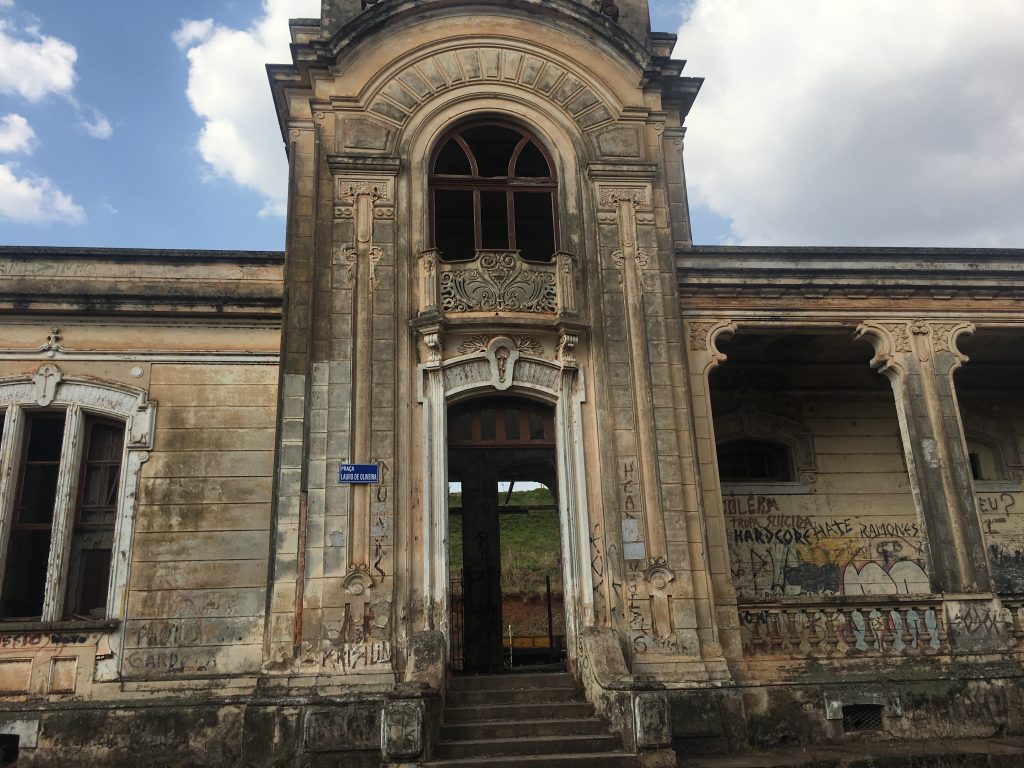
Mariano and Fabíola dream of renting and recovering the place in all its splendor, and making the old station a school to train the region’s producers to meet their own coffee. Who knows, a nice coffee shop.
This project is something really relevant to this rather bold and unconventional channel that is helping Brazilian specialty coffees to have its recognition.

